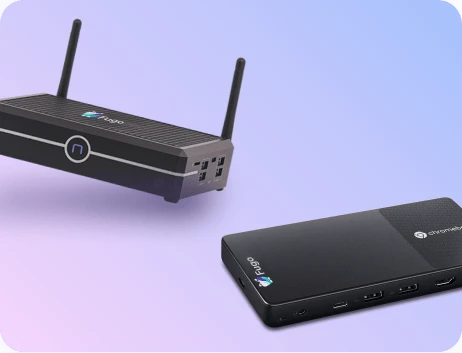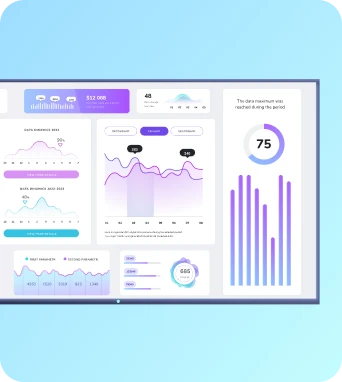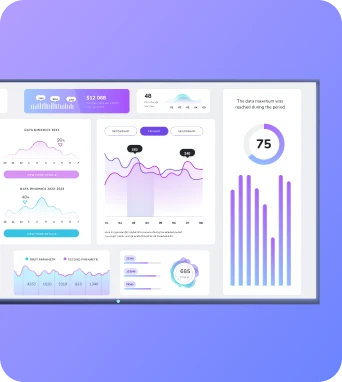Brightness adjustment tools
Brightness adjustment tools are combined software and hardware controls that regulate display luminance on digital signage. They manage automatic or manual brightness, respond to ambient light, enable scheduling and power-saving modes, and preserve readability and device longevity across TV dashboards and workplace screens.
Brightness adjustment tools
How brightness adjustment works
Brightness adjustment combines three main layers: hardware sensing, device-level controls and cloud orchestration. Hardware sensing uses ambient light sensors built into many commercial displays or connected peripherals. These sensors sample ambient luminance and feed that data to display firmware, which can alter backlight intensity, LED drive or OLED pixel algorithms to reach a target luminance. Device-level controls expose mode settings such as automatic adaptive brightness, fixed brightness, night/day profiles and temperature-compensated output. Firmware often includes safety limits to prevent extreme settings that could shorten component life. Cloud orchestration overlays scheduling, grouping and policy enforcement. A signage platform pushes brightness profiles or timed overrides to fleets of players, allowing centralised teams to apply consistent standards across sites while still supporting local variations where needed. In practice, effective systems balance human factors and hardware constraints. Excessive automatic dimming can reduce contrast and hamper legibility for fine text or small data visualisations, so brightness profiles should be matched to content types—high-contrast imagery tolerates lower luminance than text-heavy dashboards. Energy-saving schedules can reduce backlight during off-hours but must accommodate critical messaging or security displays that require higher output. For TV dashboards, integrating brightness control with content logic allows conditional overrides: for example, increasing brightness for incident alerts, or dimming during presentations. Fugo.ai supports these patterns through device groups, scheduled content workflows and API hooks that let integrators combine sensor data, schedules and content rules into a unified brightness strategy.
Best practices for deployment and troubleshooting
Start deployment with a site survey to assess ambient light ranges throughout the day and note orientations that create glare or reflections. Define brightness targets for each use case: public-facing wayfinding needs higher luminance compared with internal team dashboards in controlled offices. Configure device groups in your signage platform to apply consistent profiles and test presets during different lighting conditions. Use gradual ramping for automatic adjustments to avoid distracting sudden changes, and set minimum and maximum thresholds to protect hardware and maintain legibility. Where available, calibrate displays using colour management tools to align perceived brightness and contrast across models, especially important when the same content spans multiple screens. Document schedules that account for local events and daylight variation, and ensure schedules are synchronised with local time zones and daylight saving rules. Troubleshooting commonly involves isolating whether issues stem from sensors, device firmware, networked policies or content. If displays behave inconsistently, verify firmware versions and sensor functionality first, then check cloud policies for conflicting schedules or overrides. Log ambient sensor data where possible; trends will reveal whether automatic adjustments are working as intended or if environmental changes—new lighting fixtures or window treatments—are affecting performance. For emergency or critical message visibility, implement manual override capabilities and alerts so operators can temporarily force higher brightness. Maintain an audit trail of brightness policy changes and train frontline staff to perform local resets that don’t conflict with central management. Fugo.ai’s device diagnostics, grouping and remote control features simplify these tasks by centralising settings and providing a clear interface for both routine tuning and rapid incident response.
Related considerations
Keep the learning going...
BrightAuthor
BrightAuthor is BrightSign’s Windows application for creating, scheduling and publishing presentations to BrightSign media players. It provides a timeline-based editor, support for multimedia, interactivity and live data feeds, and export options for local playback or distribution via a BrightSign Network or third-party CMS like Fugo.
Brightness (nits)
Brightness, expressed in nits, is the measure of a display's luminous intensity per square metre. For digital signage and TV dashboards, nits indicate how well content will remain visible under different ambient lighting conditions, whether mounted indoors near windows or in direct outdoor sunlight.
Brightness uniformity
Brightness uniformity describes the evenness of luminance across a display, measured as the relative difference between the brightest and darkest areas. It is a practical quality metric for TV dashboards and digital signage that influences readability, perceived colour consistency and the integrity of brand assets across a signage network.



